Etsy Expands Payments Policy Globally; Instant Transfers Go Live for US Sellers
Reading Time: 3 minutesWhat’s changed Etsy has rolled out major updates to its Etsy Payments…
Today’s dynamic market environment requires your business to operate across multiple sales channels. Multichannel selling has become a top priority for sellers as it aims to increase their online visibility and sales by listing products on multiple platforms. So, how do multiple sales channels help? When your business goes down on one marketplace, other platforms keep the cash flow intact.
It supports sellers like you in selling to more customers than if you sold only on a single platform. A proper shipping management system (shipping partners) built by the marketplaces assists in reducing the extra burden of shipping.
Moreover, it also helps reduce advertising costs because once buyers start seeing a brand in many marketplaces, they automatically become more loyal to them.
Shopify, as a SaaS platform, delivers one of the greatest merchant journeys. To experience it, you need to sign up and get yourself an online store you seek to establish. The eCommerce platform offers merchants a variety of Shopify themes to pick from when developing their brands. There is no requirement for design or web development abilities. You may quickly upload your items and build fully customizable product pages.
Shopify helps established businesses that still operate as small or medium-sized brands and budding new businesses that aim to grow and expand at a brisk pace. The Shopify App Store offers a broad range of third-party applications and widgets, making it simple to add features and capabilities that enhance your website and the entire online shopping experience.
Selling on eBay does not require you to pay anything extra other than the store subscription fee you need to pay. The eBay store subscription has zero insertion fee for fixed type and auction listings saving you money while creating listings. The available eBay store subscriptions range from $4.95 to $2,999.95 annually and $7.95 to $349.95 monthly.
The eBay Basic plan is best for sellers who list at least 250 items each month, Premium is suitable for those with at least 1,000 items, and Anchor is best for anyone who lists at least 10,000 items.
The benefits of getting an eBay store subscription involve an increased limit to zero insertion fee listings and a reduced insertion fee post utilization of zero listing limits. Store subscription on eBay comes in five options:
A starter subscription is best suited for sellers having fewer than 250 listings per month. A seller must pay an insertion fee of $0.30 for each new listing once he crosses the 250 listings mark.
A basic subscription is best suited for sellers having less than 1000 listings per month. However, a seller must pay an insertion fee of $0.25 for each new listing once he crosses the 1000 listings mark on fixed price listings or 250 listings on Auction type.
A premium subscription is best suited for sellers having less than 10,000 listings per month. However, a seller must pay an insertion fee of $0.10 for each new listing once he crosses the 10,000 listings mark on fixed price listings and $0.15 once he crosses the 500 listings mark on Auction type.
An anchor subscription is best suited for sellers having fewer than 25,000 listings per month. However, a seller must pay an insertion fee of $0.05 for each new listing once he crosses the 25,000 listings mark on fixed price listings and $0.10 once he crosses the 1,000 listings mark on Auction type.
An enterprise subscription is best suited for sellers having less than 1,00,000 listings per month. However, a seller must pay an insertion fee of $0.05 for each new listing once he crosses the 1,00,000 listings mark on fixed price listings and $0.10 once he crosses the 2,500 listing mark on Auction type.
When comparing two entirely distinct platforms, selling on eBay is analogous to selling from a market booth, whereas selling on Shopify is identical to selling things from your store.
When you want to create a branded business or are devoted to creating a name and reputation over time, Shopify is an ideal option. You will need to spend money on advertising and traffic generation, but you’ll have absolute control over the online store.
These sales alternatives on eBay and Shopify are not mutually exclusive. On the contrary, they might provide particular advantages and complement each other when used together, making multichannel superior.
A multichannel selling tool – Integration for eBay, by CedCommerce, aims to facilitate selling on eBay from the Shopify store. It primarily keeps the base of operations at eBay, making room for marketing and advertising activities for Shopify by eliminating the management in both places.
Here’s how you can deploy the App to use it effectively,
Go to the Shopify App Store and search for eBay. Look for Integration for eBay by CedCommerce and open the page to click on Add App. Once the App gets added to your Shopify store, Open it.
Onboard the App by following all steps, including linking your eBay store. Link the eBay account to the App and Import products from Shopify to the App based on their status (Unpublished / Published / All)
Create the templates, profiles, and business policies (you can also fetch existing business policies from eBay through the application) to assign them to products. The App enables a listing on eBay easily with the bulk upload option.
Once you start listing on eBay through the App, you can also manage orders. The App makes it simple to operate on eBay by making Shopify your single source of truth.
Improper Inventory management, one of the biggest drawbacks of managing multichannel selling, gets eliminated through real-time inventory synchronization.
The orders feed received on eBay gets reflected on Shopify, where you can fulfill them. Once the order gets fulfilled, the App updates the shipment and tracking details on eBay, simplifying the order management system.
Add new products to Shopify and synchronize the information on your eBay listings with Integration for eBay. You can manage your entire product catalog, orders, and inventory feed through one interface for eBay listings while managing orders from Shopify, saving you time and effort.
As part of the Shopify integration, Integration for eBay syncs your available Shopify inventory with eBay, never letting you sell the same product twice (say goodbye to overselling!!). The App dashboard also lets you view your sales report for orders from eBay and see the full picture of your revenue.
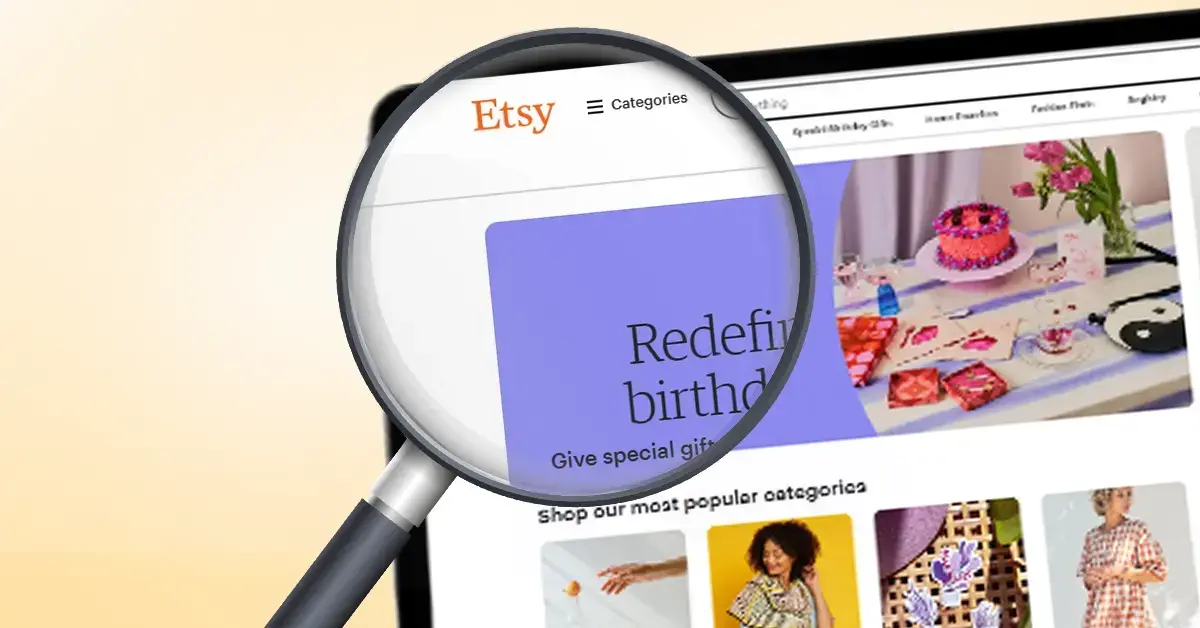
Reading Time: 3 minutesWhat’s changed Etsy has rolled out major updates to its Etsy Payments…

Reading Time: 2 minutesWhat’s changed Walmart has introduced a new Shipping Score metric within its…

Reading Time: 3 minutesWhat’s changed Amazon has announced an additional $35 billion investment in India…
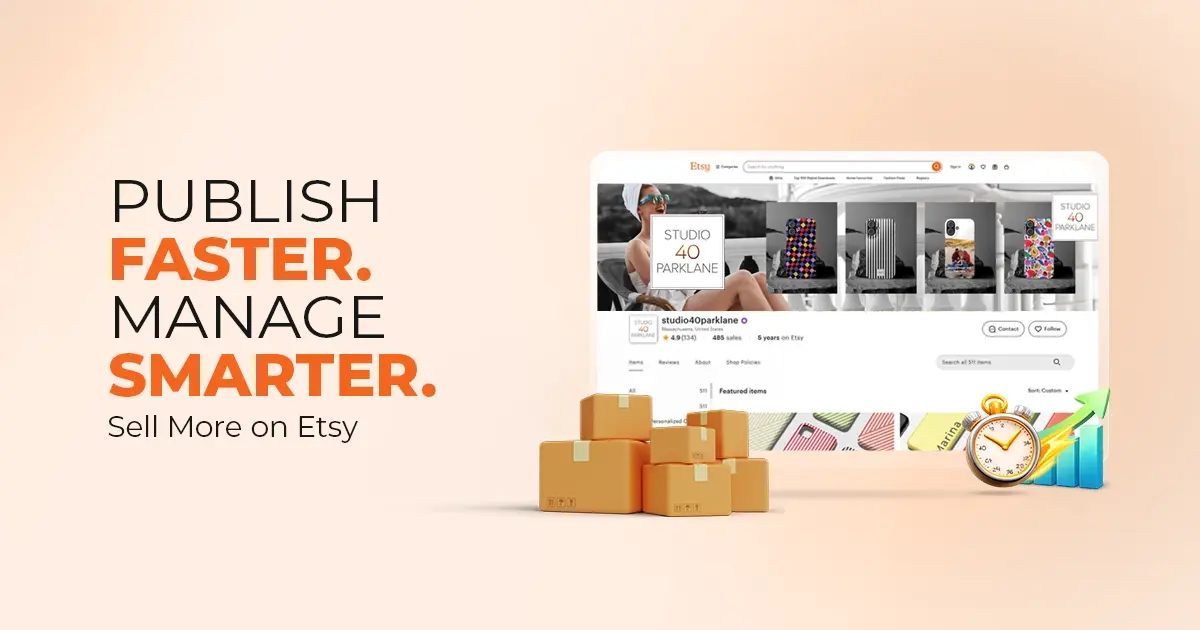
Reading Time: 4 minutesAbout the Brand: 40ParkLane LLC Studio40ParkLane is a design-led print-on-demand brand created…
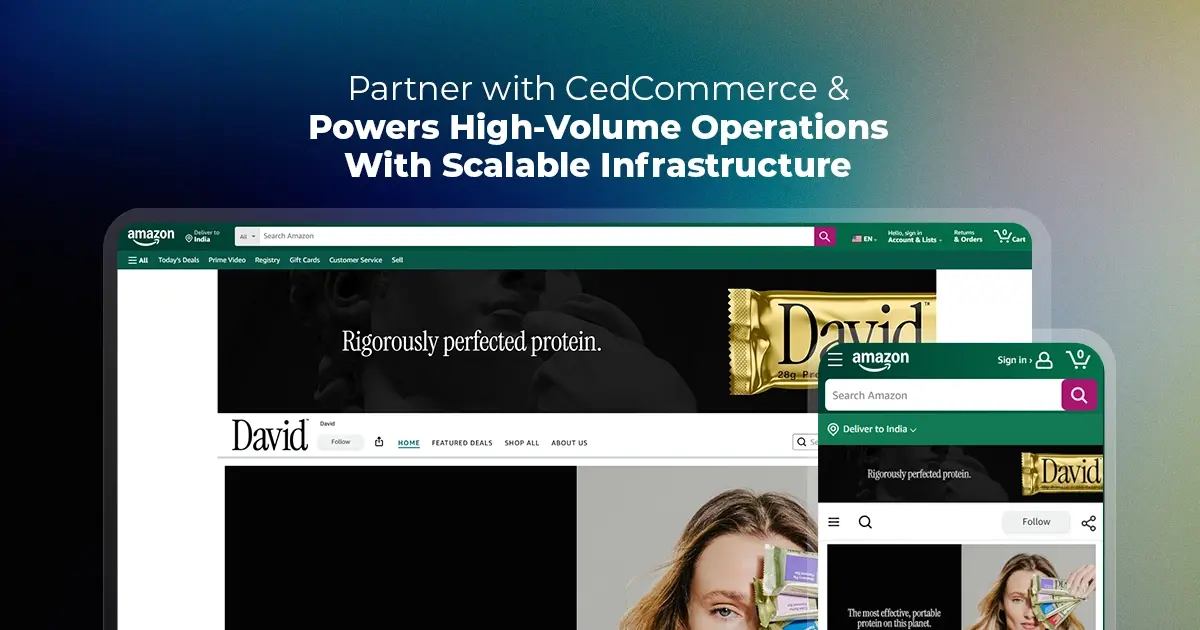
Reading Time: 3 minutesAbout the Company Brand Name: David Protein Industry: Health & Nutrition (Protein…

Reading Time: 3 minutesOnline retail spending in Germany is entering a renewed growth phase after…

Reading Time: 4 minutesTikTok Shop has released a comprehensive Beauty and Personal Care Products Policy,…

Reading Time: 4 minutesTikTok Shop has formally outlined comprehensive requirements for expiration date labeling and…

Reading Time: 3 minutesTikTok Shop is raising its sales commission for merchants across five active…

Reading Time: 11 minutesBy now you have seen your BFCM 2025 numbers. The harder question…

Reading Time: 3 minutesAbout the Brand Name: Vanity Slabs Inc Industry: Trading Slabs- Vanity Slabs…
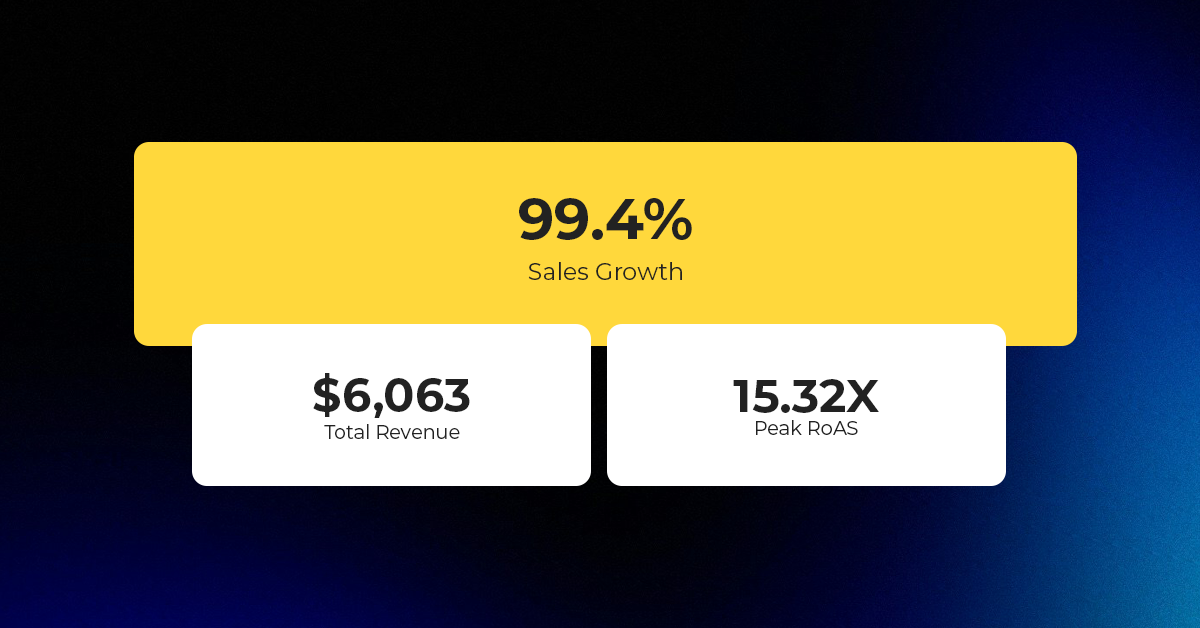
Reading Time: 2 minutesAbout the Brand Name: Ramjet.com Industry: Automotive Parts & Accessories Location: United…

Reading Time: 2 minutesAmazon is rolling out strategic referral fee reductions across five major European…
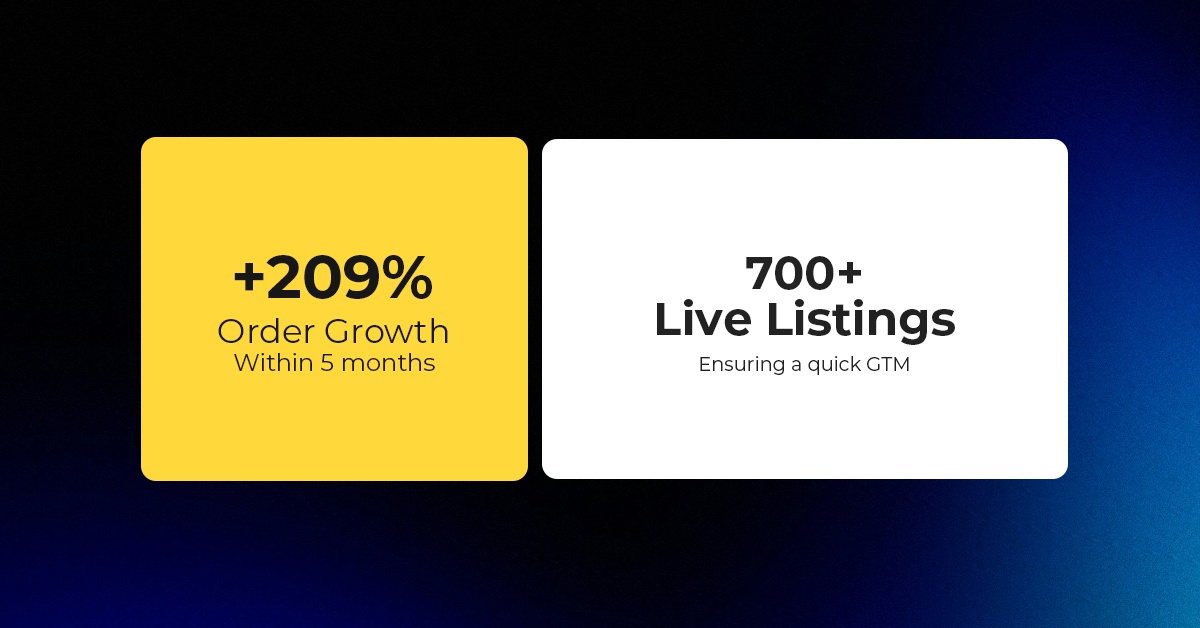
Reading Time: 4 minutesQuick Summary: Scaling Lifestyle Powersports on eBay with CedCommerce Challenge: Zero marketplace…

Reading Time: 4 minutesTikTok has surpassed 460 million users across Southeast Asia, reinforcing its position…

Reading Time: 3 minuteseBay has released its final seller news update for 2025, with a…

Reading Time: 3 minutesAmazon has clarified its stance regarding speculation around a potential breakup between…

Reading Time: 4 minutesWalmart is accelerating its push into next-generation fulfillment by expanding its drone…

Reading Time: 4 minutesFaire, the fast-growing wholesale marketplace connecting independent retailers with emerging brands, has…

Reading Time: 4 minutesB2B buying in the United States is undergoing a fundamental behavioral shift…
Thank you for sharing this helpful and enlightening information. I went through your website and learned about SMM, SMO, and SEO strategies. Your article is impressive and quite interesting. I bookmarked your page and now return to it frequently.
Thank you! Glad our articles could be of help.
Leave a Reply